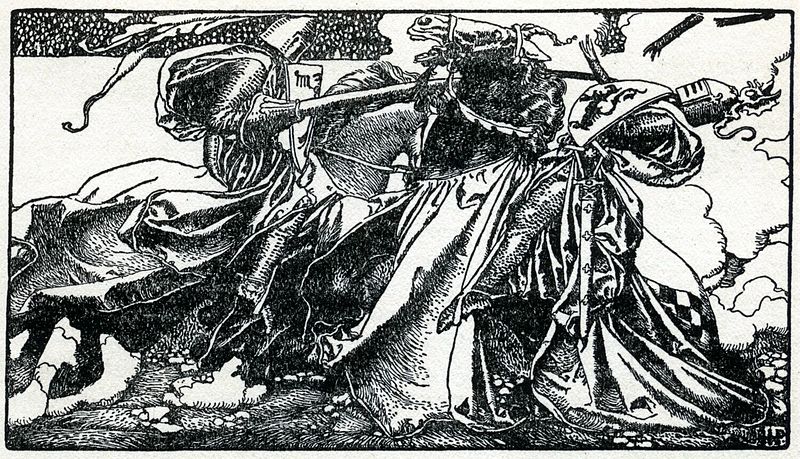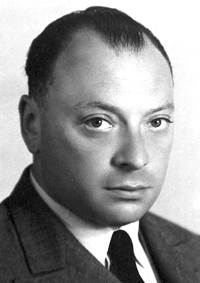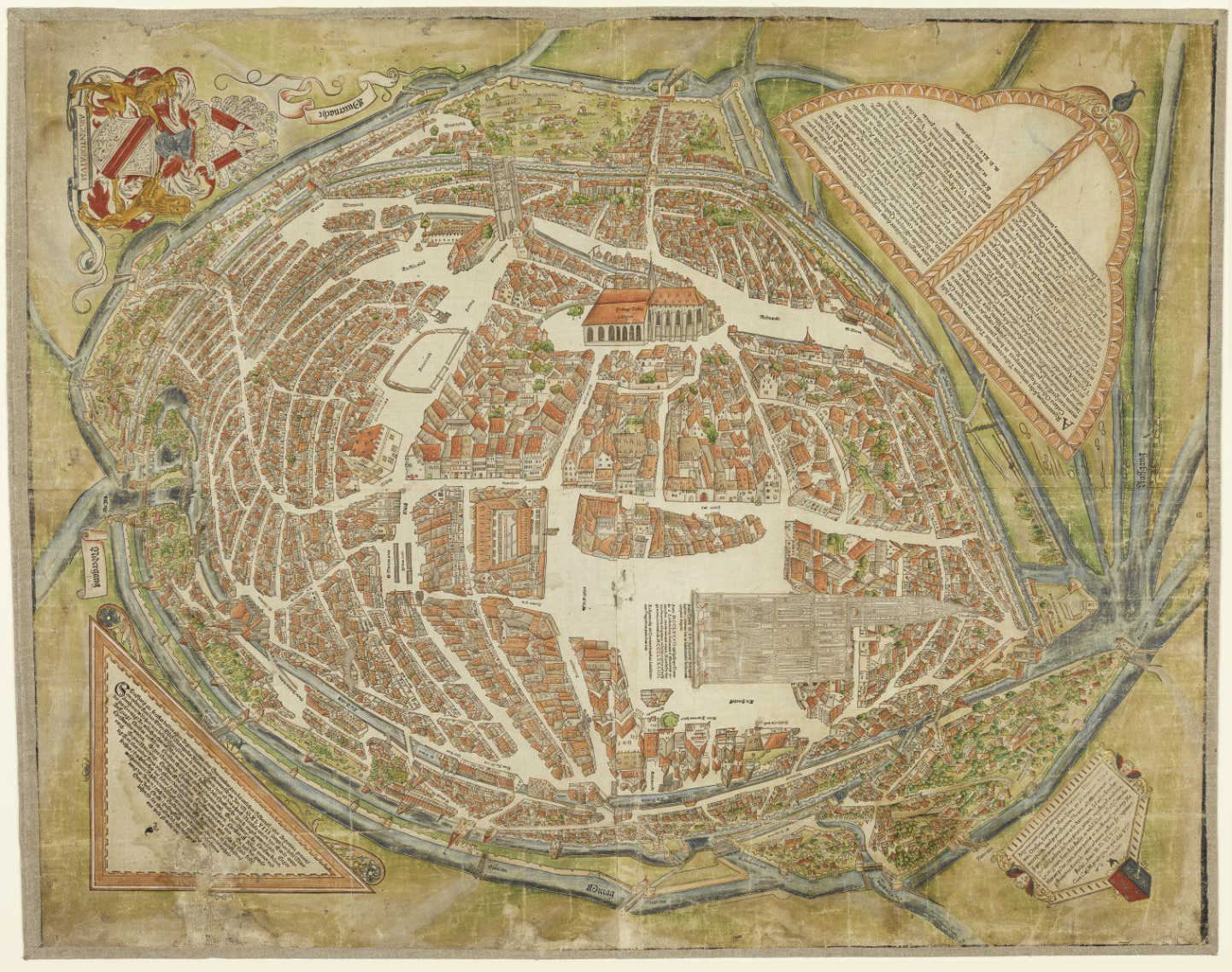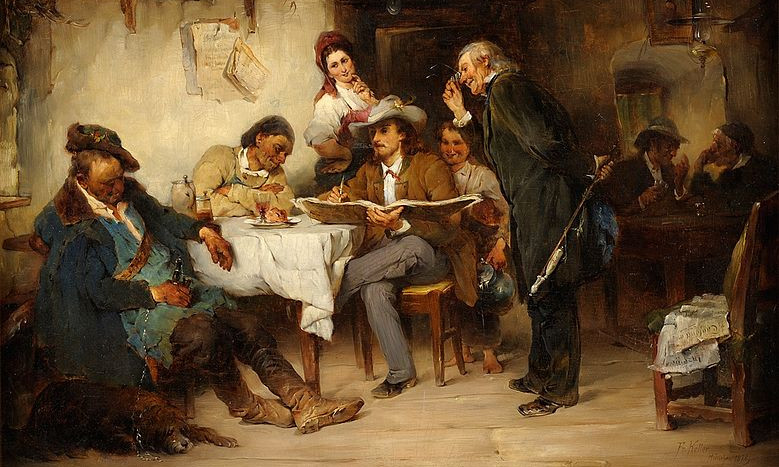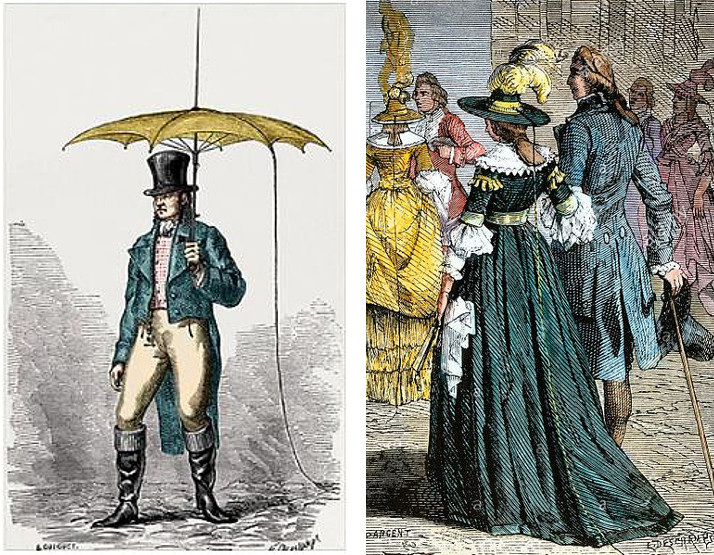The 12th edition of The Chambers Dictionary, published in 2011, highlighted about 500 words that the editors considered especially entertaining. For the 13th edition, in 2014, they chose to remove the highlighting but inadvertently removed the entries entirely.
The missing entries have since been reinstated, but in the interval the publishers supplied a list of the missing words. Here it is.
(Thanks, Chris.)


